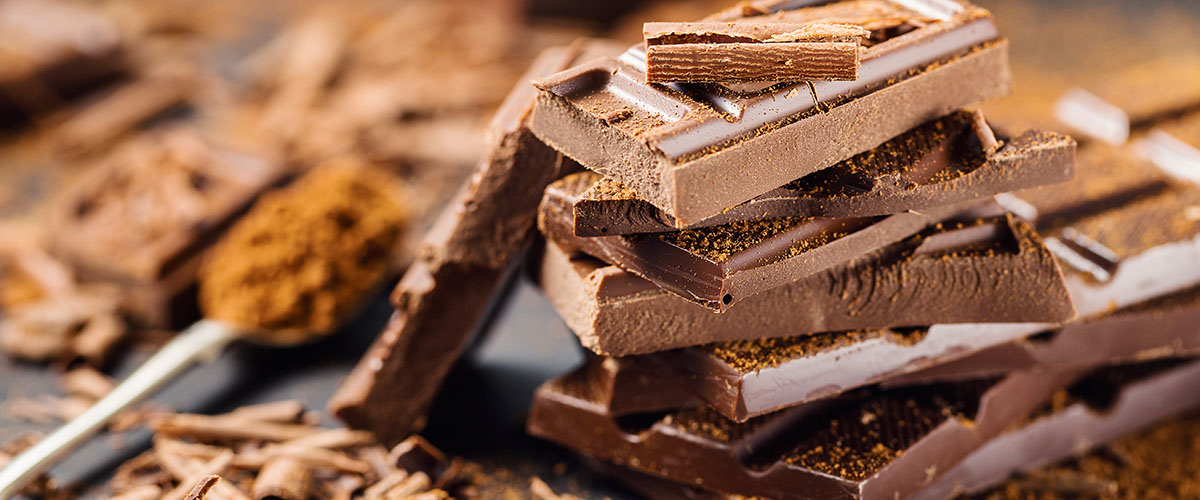Research by a California cannabis-testing lab suggests that chocolate is to blame for inaccurate test results on the potency of cannabis edibles.
As cannabis becomes more widely legalized, more and more cannabis-infused products are hitting the shelves. The composition of those products in which cannabis is added to is known as the “matrix,” and according to a new research project, when chocolate is present the measure of potency doesn’t add up.
“The chocolate itself is affecting our ability to measure the cannabinoids within it,” principal investigator, David Dawson, Ph.D. said in an Associated Press news report.
There are more than 100 cannabinoids found in cannabis. Of most interest to the researcers, however, is that the chocolate interfered with the lab’s ability to measure an edible’s concentration of THC. THC, short for tetrahydrocannabinol, is the cannabinoid in marijuana responsible for its euphoric effects.
The research project was done by CW Analytical Laboratories, a cannabis testing lab in Oakland, Calif. Led by Dawson, researchers found that chocolate was interfering with lab test results. According to Dawson, the more chocolate the less accurate the test results become, creating some grief for lab analysts.
“This goes against what I would consider basic statistical representation of samples, where one would assume that the more sample you have, the more representative it is of the whole,” Dawson stated in a news release.
The impacts of inaccurate potency measurements could be dramatic. According to a Healthline report, cannabis edibles resulted in nearly 11 percent of all cannabis-attributed emergency room visits in Colorado from 2012-2016.
“Simply changing how much sample is in the vial could determine whether a sample passes or fails, which could have a huge impact on the producer of the chocolate bars, as well as the customer who might be under- or overdosing because of this weird quirk of matrix effects,” Dawson noted.
Why Chocolate May Impact Tests for THC
As far as why the components of chocolate are impacting the matrix, Dawson has a theory. He believes some of the THC is sticking to the fat within the chocolate, leading to inaccurate results.
Lab analysis for THC and other cannabinoids is complex work and still is in the early stages of standardization. For now, the testing is being left up to chemist in state-regulated commercial testing labs. Dawson said that cannabis testing is a high stakes field.
“If an edible cannabis product tests 10% below the amount on the label, California law states that is must be relabeled, with considerable time and expense. But it’s even worse if a product tests 10% or more above the labeled amount — then the entire batch must be destroyed,” Dawson explained.
For Dawson and his research team, the goal of sharing the project is to help develop a standard method for cannabis potency testing in a variety of marijuana edibles.
“We owe this research to the scientific community, the producers and the consumers,” he said. “We have to be able to provide highly accurate and precise testing across a wide swath of matrices.”
The researchers presented their findings at the American Chemical Society’s national meeting in San Diego last month.
The Latest in Cannabis News
Each week, Medical Marijuana, Inc. News releases new reports on cannabis business, policy and scientific research. Check out our news page for the latest in cannabis news.






